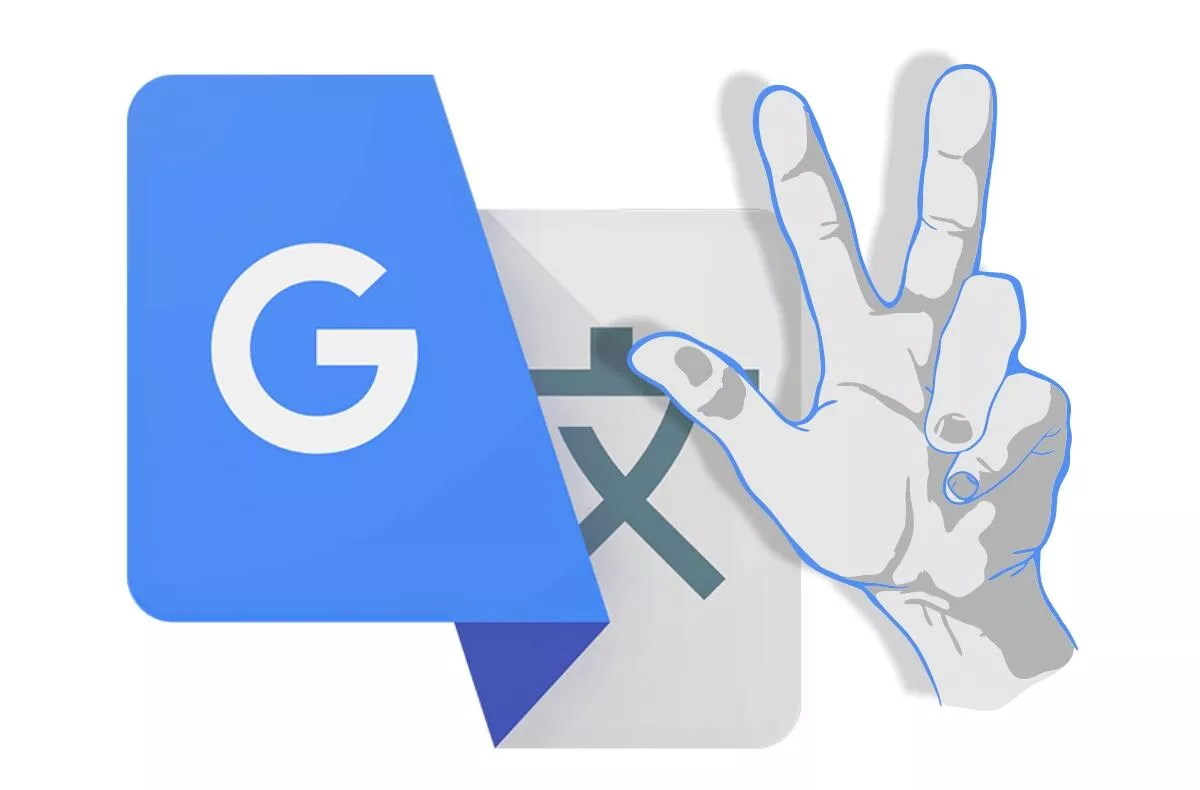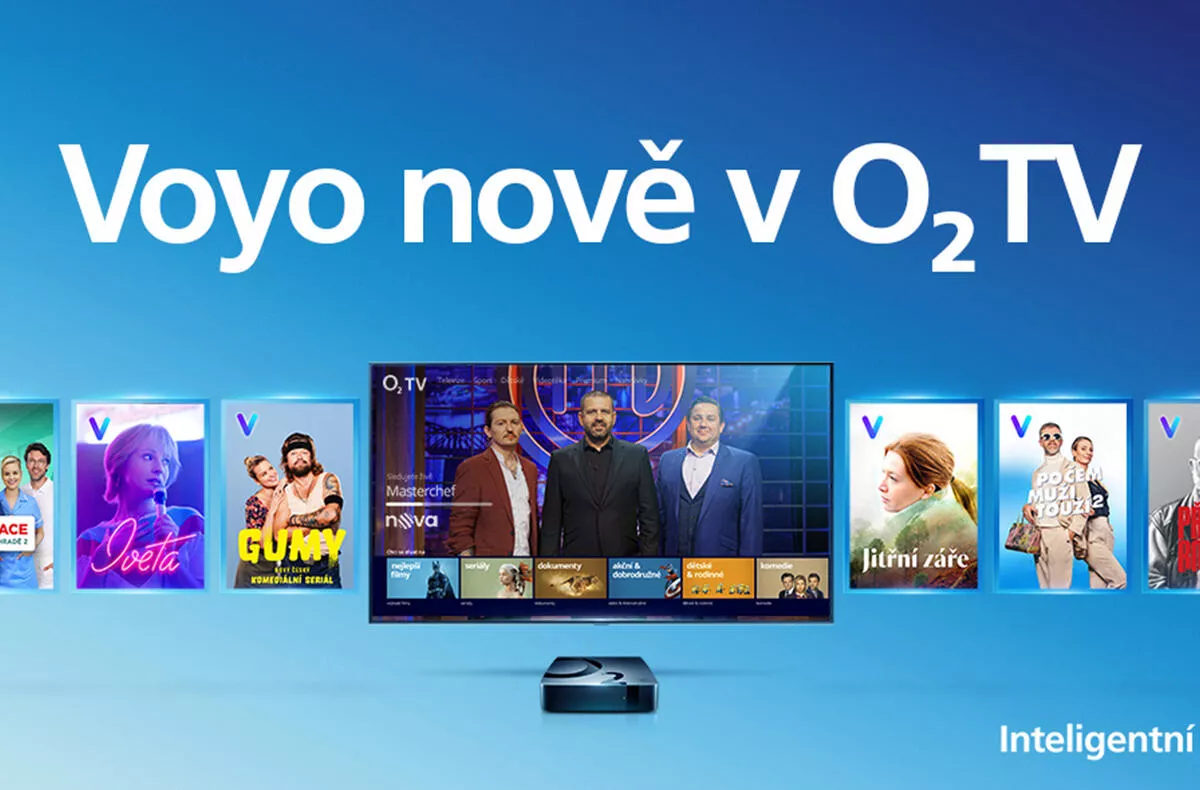3 tricks for Google Translate mobile that you may not know
When it comes to translations from and into foreign languages within Android phones, there is probably no doubt about the name the most popular tool. It is Google Translate, which is of great interest not only on mobile devices, but also in the desktop environment. The number of users continues to increase, among other things due to the fact that it is at least partially part of the Chrome browser. And again for computers and mobile phones. There may not be an Android mobile owner or a regular Internet user who has never met a helper named Google Translate. A lot of people will know the basics and maybe some advanced features. We are now bringing a tip for three that are not completely “outspoken”.
3 tricks for Google Translate
Click translation: This feature allows Google Translate to run in the background while placing its icon on top of all other applications or processes on the screen. This is so that you can have instant access to the translation of the text you copy to the clipboard. The ubiquitous bubble will then offer you a translation and eventually spew it out. A great way to simplify, for example, browsing websites in a foreign language (if you don’t use Google Chrome and its own translation option). The function can be switched on in the settings.
Conversation: A mode that goes directly from the main page of the compiler with an icon in the middle. After launching a special screen with two (or rather actually three) microphones, they have the option of having two speakers in different languages very easy to understand by dictating and reading. There is one button with a microphone for each language, the middle one can even listen to both languages straight away in some cases.
Transcription: This feature is also directly related to speech processing. This time, however, only for one recipient, who, for example, needs to translate the spoken things directly into text form. It works almost in real time, so it does suitable for live broadcasts or conferences. In a way, it can effectively serve deaf people. There is a transcription into the original and another language and even the choice of font size. Unfortunately, Czech is not available among the few languages at the moment, and if you would like to use wireless headphones for audio input or output, only Pixel Buds from Google are currently supported.



